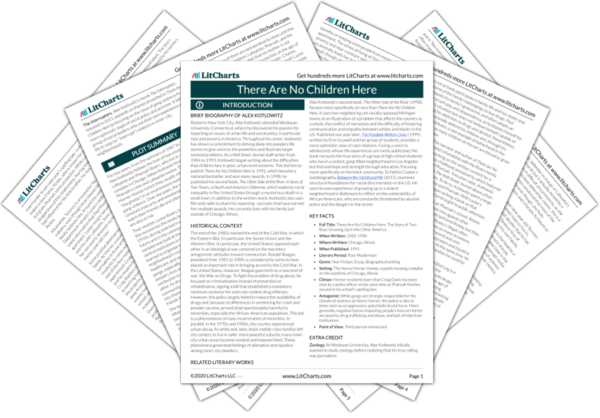The lack of news coverage of what happens at Horner shows just how undervalued and misunderstood residents’ lives are—not only by the government, but also by the general public. At the same time, this disinterest is neither inevitable nor permanent, as Vincent Lane has proven that some individuals do care and, through forceful action and sustained commitment, are capable of changing a long-standing situation of neglect on their own. This restores trust in individuals’ potential to improve their own lives—and, perhaps, that of entire communities.
